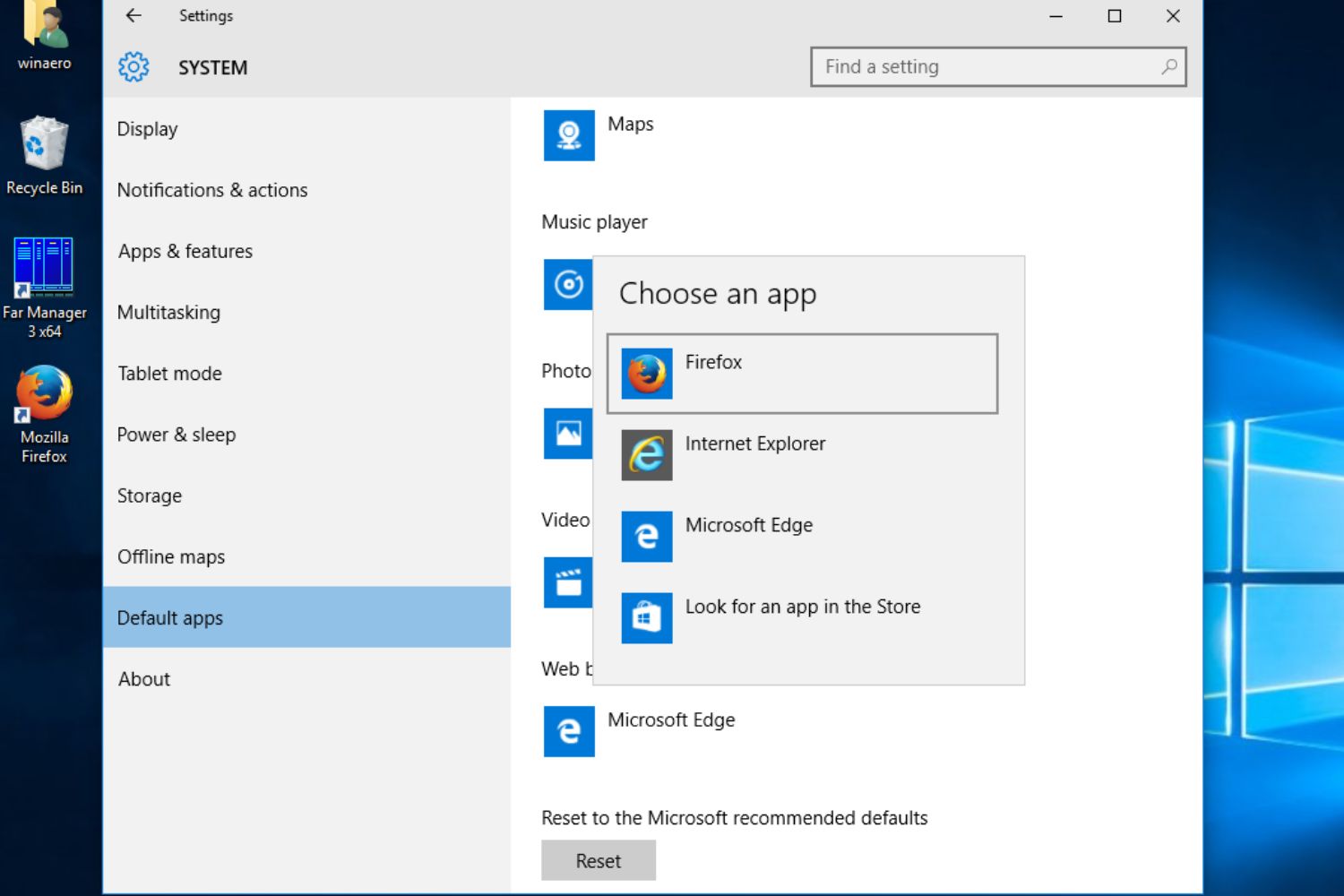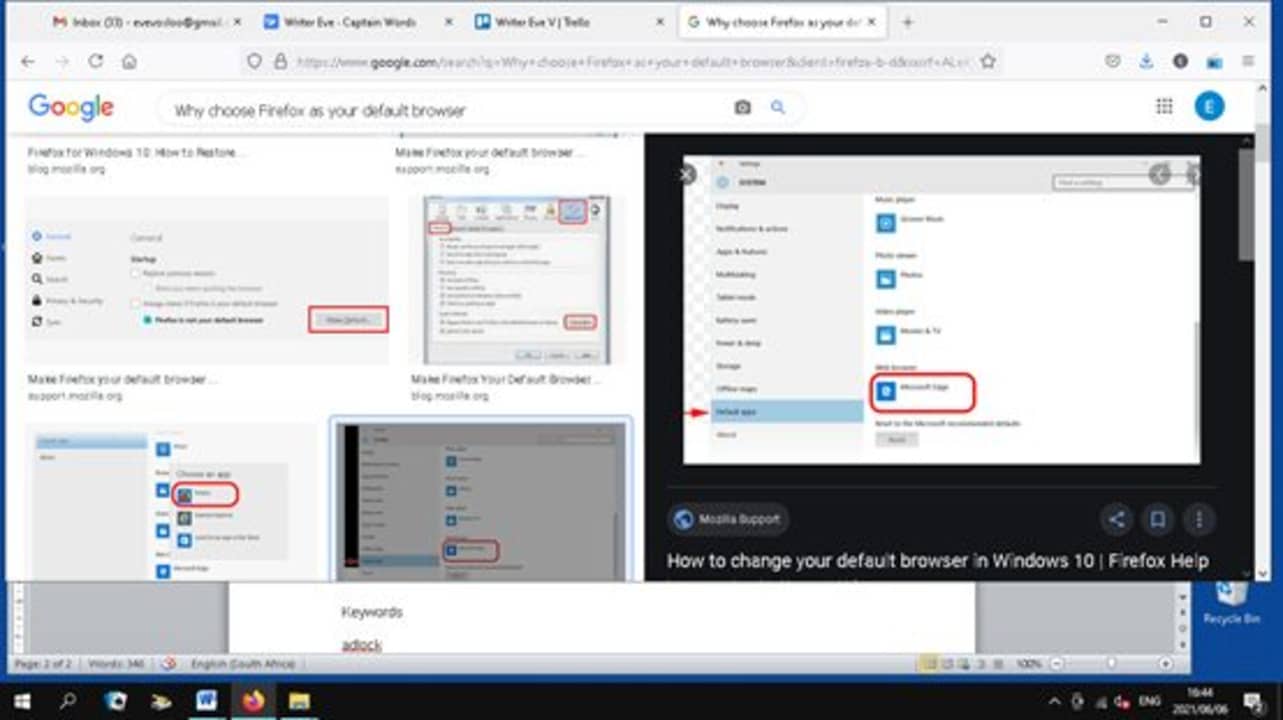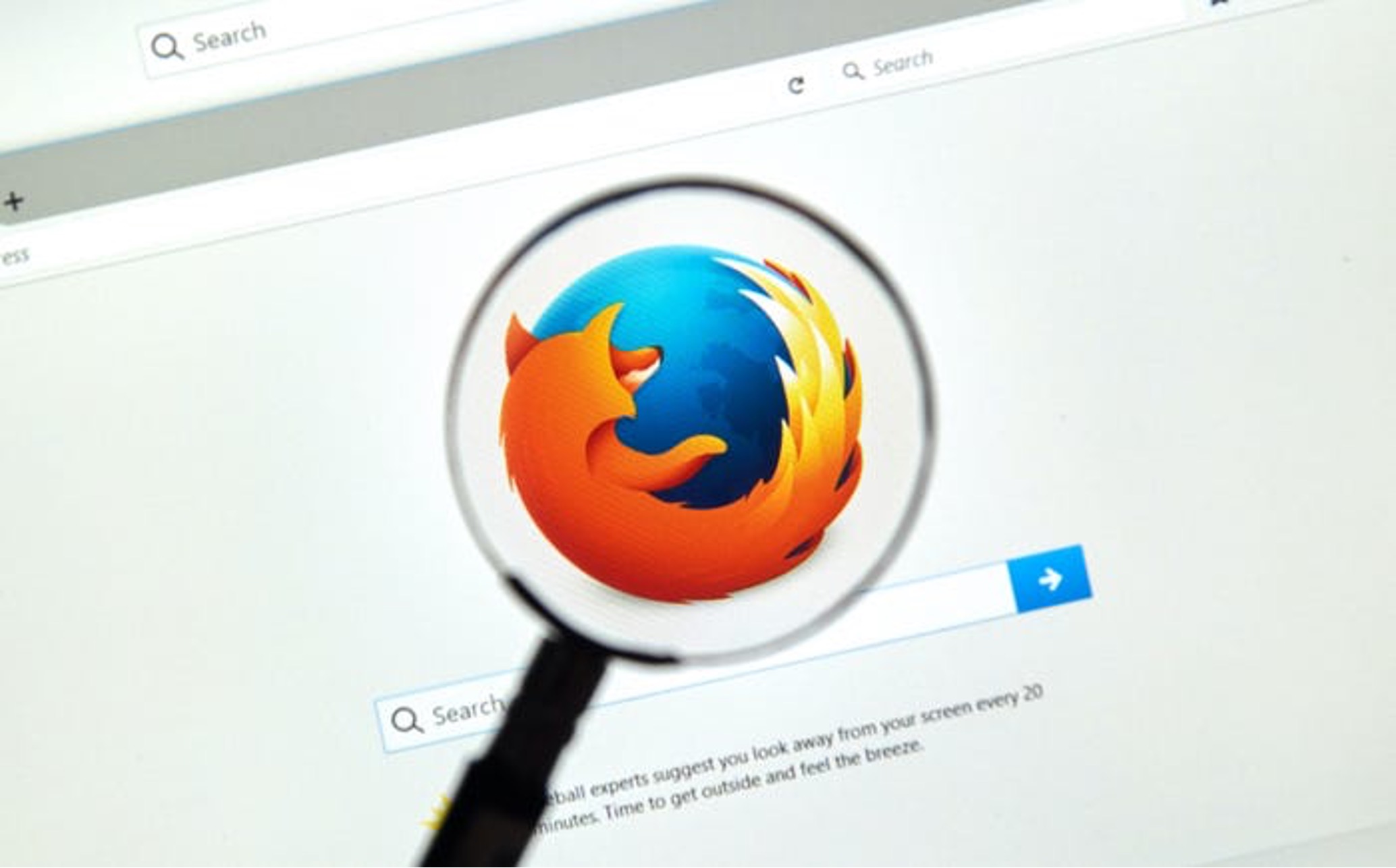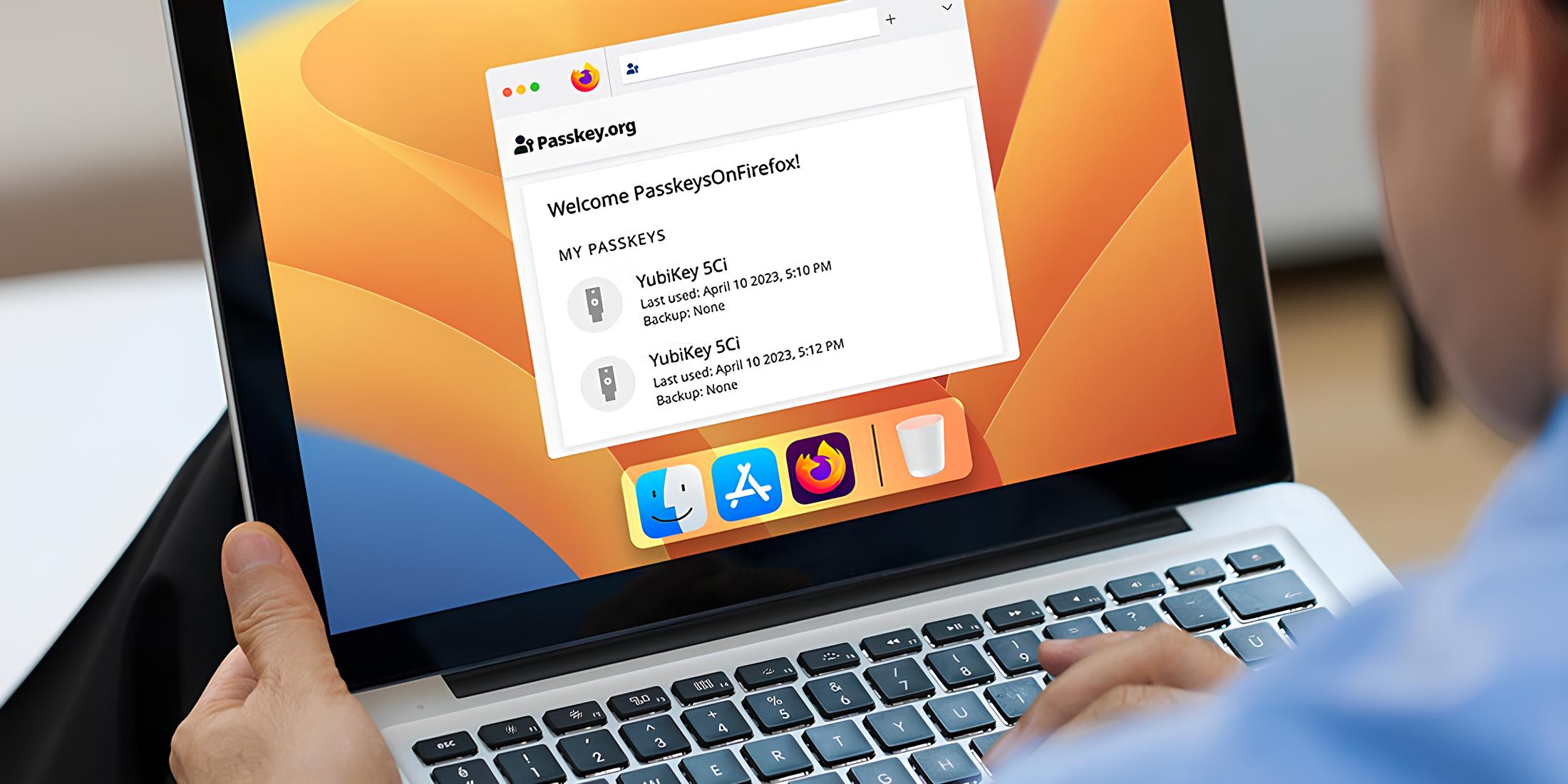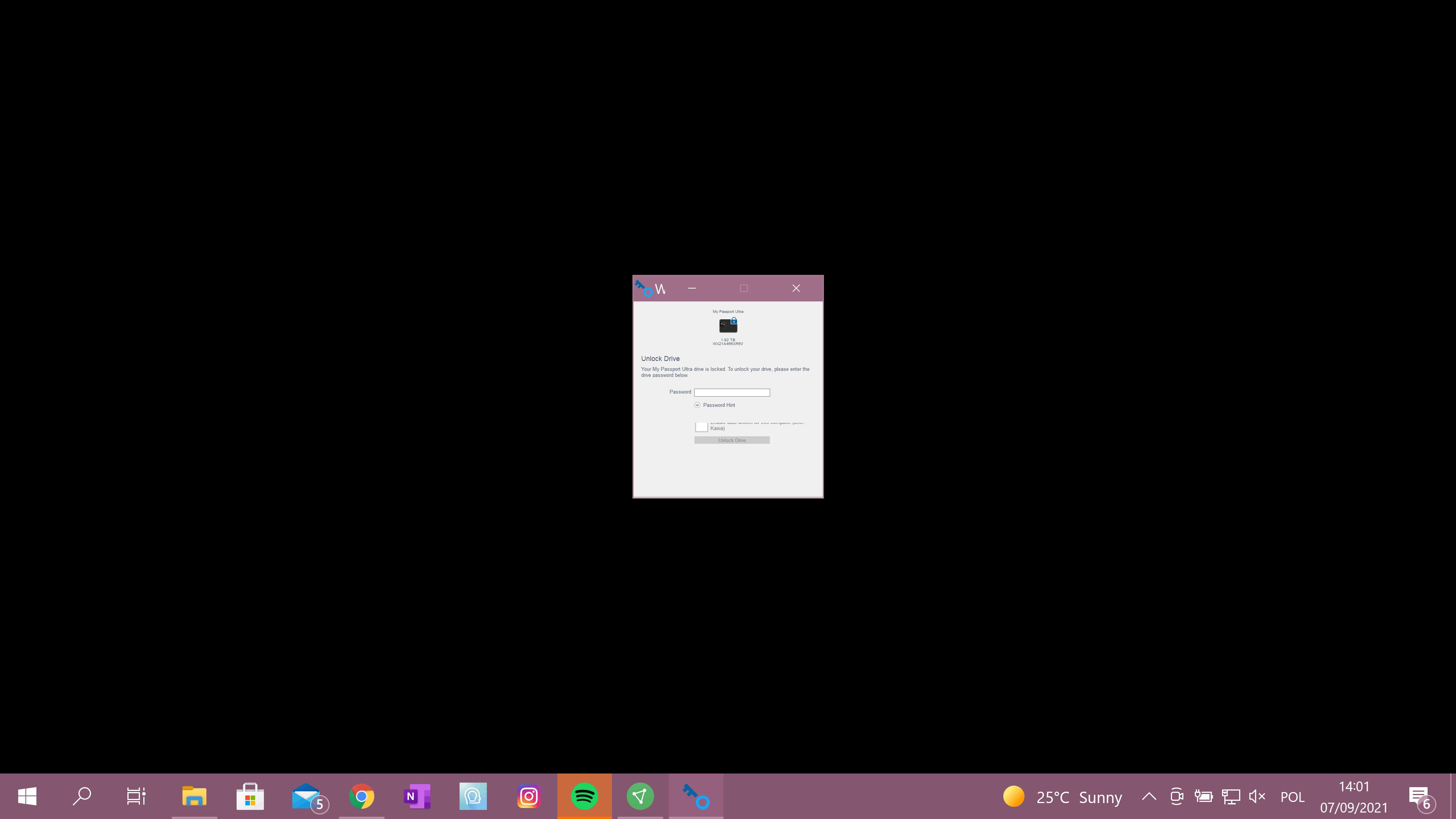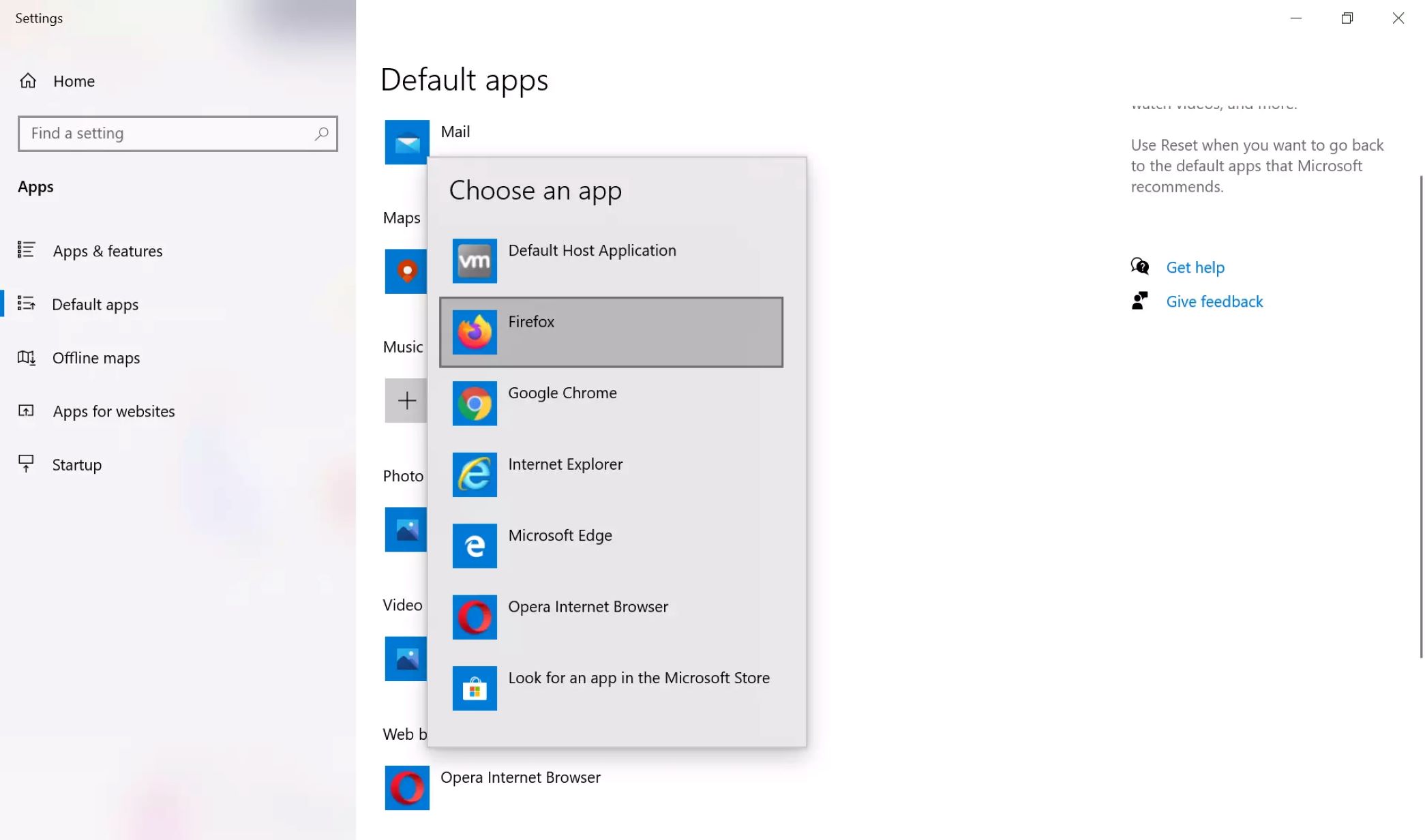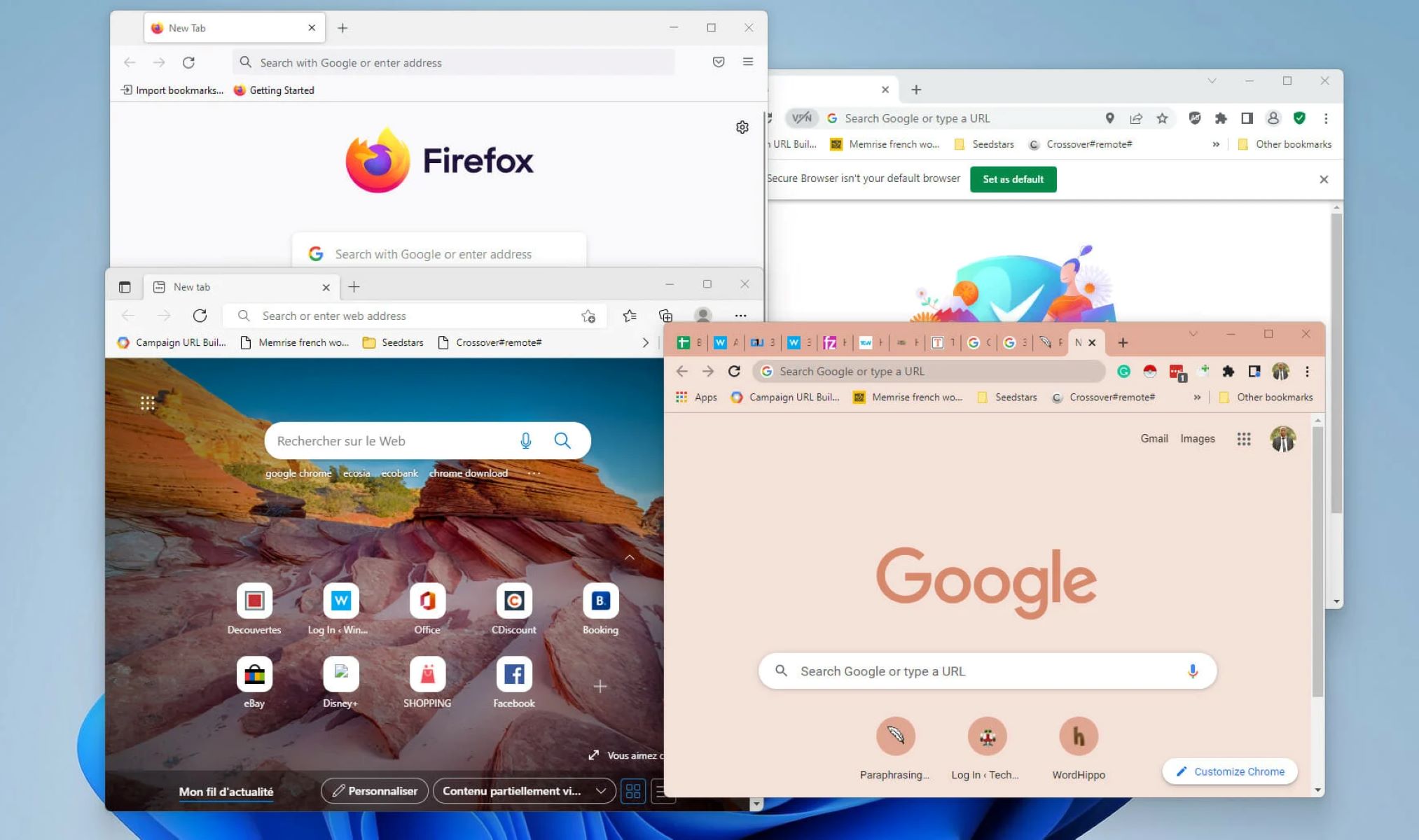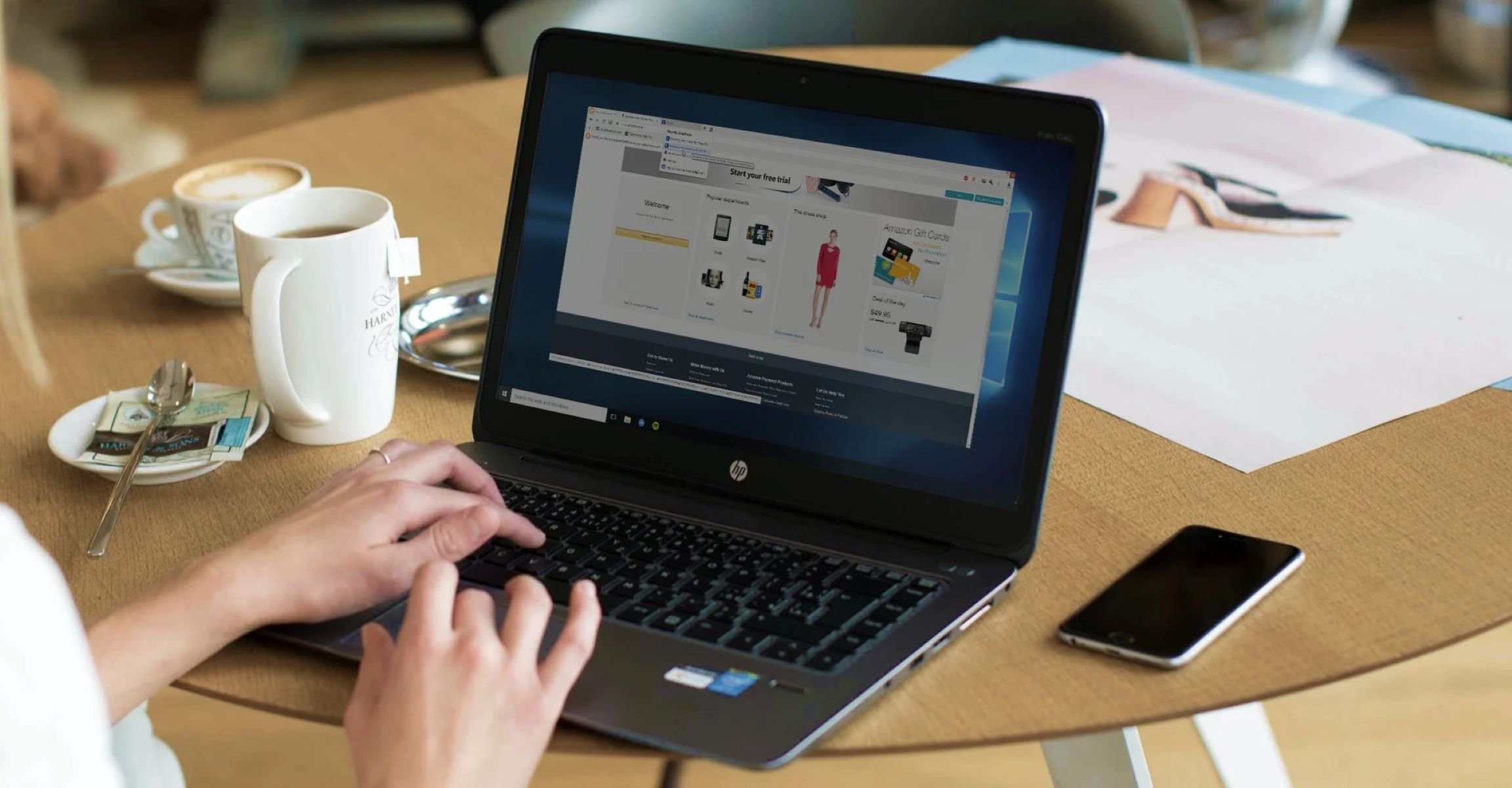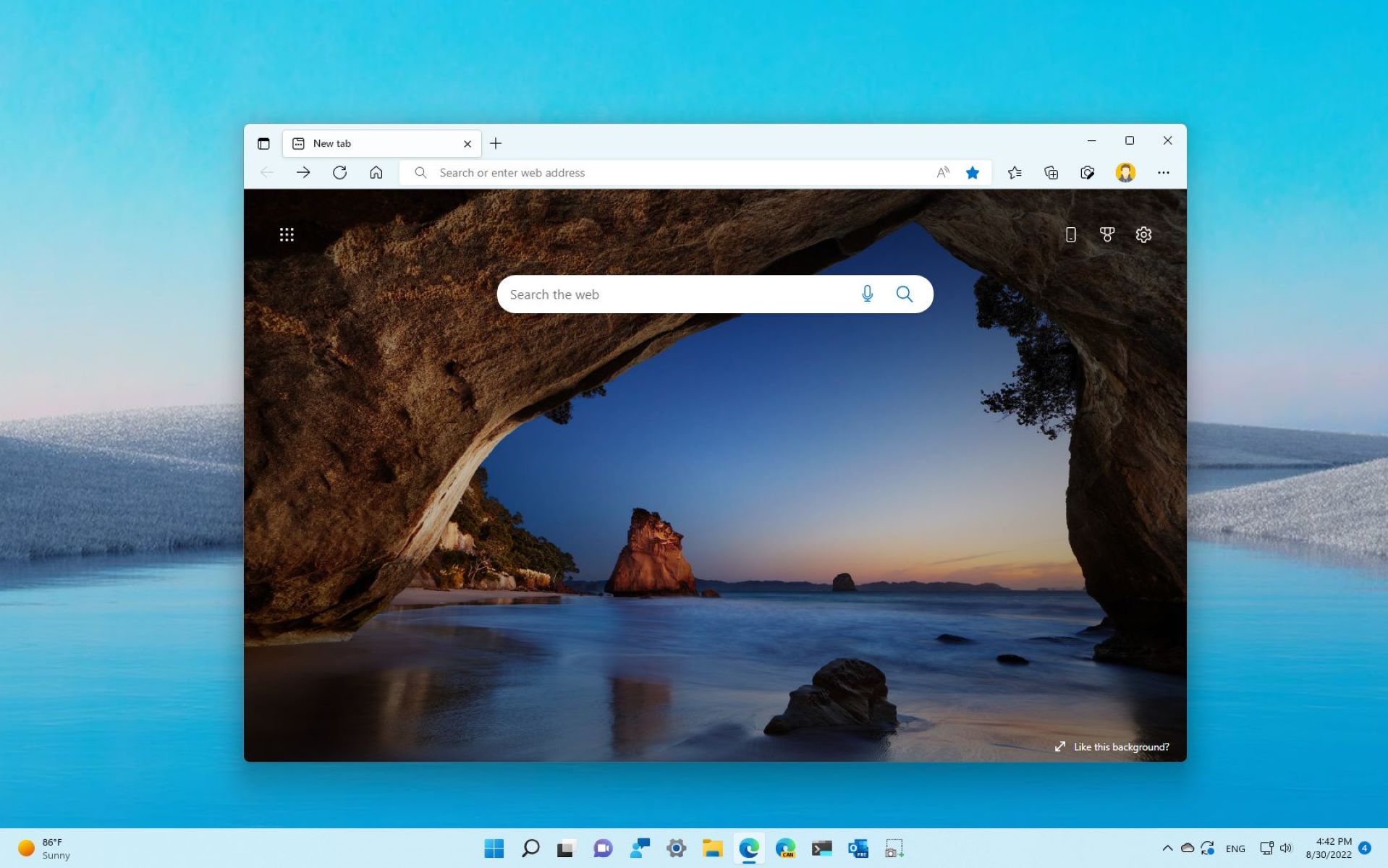Introduction
Making Firefox your default browser on Windows 10 can enhance your browsing experience by ensuring that links and web pages open directly in Firefox. This streamlined process can save you time and provide a seamless transition between applications. Whether you're a long-time Firefox user or considering a switch, setting it as your default browser is a simple and effective way to personalize your browsing environment.
By following the steps outlined in this guide, you can easily configure Windows 10 to recognize Firefox as your preferred web browser. This means that when you click on a link in an email, document, or any other application, it will automatically open in Firefox, allowing you to access the web content you desire without any unnecessary steps.
Additionally, setting Firefox as your default browser can ensure that you have access to its powerful features, such as tab management, privacy and security tools, and a wide range of extensions and add-ons. This can contribute to a more efficient and secure browsing experience tailored to your preferences.
Whether you're drawn to Firefox for its customization options, privacy features, or extensive library of extensions, making it your default browser can further enhance your overall satisfaction with the browser. With its user-friendly interface and robust functionality, Firefox offers a compelling alternative to other web browsers, and setting it as your default choice can seamlessly integrate it into your daily browsing activities.
In the following steps, we will walk you through the process of setting Firefox as your default browser on Windows 10, ensuring that you can fully leverage its capabilities and enjoy a more personalized and efficient browsing experience.
Step 1: Open Settings
To begin the process of setting Firefox as your default browser on Windows 10, you'll need to access the system settings. This can be easily accomplished by following these straightforward steps:
-
Click on the Start Menu: Located at the bottom left corner of your screen, the Start Menu is the gateway to accessing various features and settings on your Windows 10 system.
-
Select the Settings Icon: Within the Start Menu, you'll find an icon that resembles a gear, which represents the Settings app. Clicking on this icon will open the Settings window, where you can manage a wide range of system configurations.
-
Navigate to the System Settings: Once the Settings app is open, you'll find a series of categorized options. Look for the "System" category, which is typically represented by an icon resembling a laptop or monitor. Clicking on this category will allow you to access system-related settings.
-
Choose the Default Apps Option: Within the System settings, you'll find a list of options on the left-hand side of the window. Look for and select the "Default apps" option, which is usually represented by an icon featuring a globe and a document.
By following these steps, you'll successfully navigate to the system settings where you can configure Windows 10 to recognize Firefox as your default web browser. This initial step sets the stage for seamlessly integrating Firefox into your browsing experience, ensuring that links and web pages open directly in the browser of your choice. With the settings window now open, you're ready to proceed to the next step and continue the process of making Firefox your default browser on Windows 10.
Step 2: Choose Default Apps
After successfully navigating to the system settings in Windows 10, the next crucial step in setting Firefox as your default browser involves choosing the default apps. This pivotal stage allows you to specify the applications that Windows 10 will use by default for various tasks, including web browsing, email, maps, music, and more. By designating Firefox as your default web browser, you can ensure that all web links and HTML files open directly in Firefox, streamlining your browsing experience and aligning it with your preferences.
Upon selecting the "Default apps" option within the System settings, you'll be presented with a range of default app categories, including web browser, email, music player, photo viewer, and more. In this context, our focus is on the web browser category, where you can specify your preferred browser for accessing web content seamlessly.
To proceed with choosing Firefox as your default web browser, follow these steps:
-
Locate the Web Browser Category: Within the Default apps settings, scroll down to find the "Web browser" category. This section allows you to specify the default web browser that Windows 10 will use for opening web links and HTML files.
-
Click on the Current Default Browser: Under the Web browser category, you'll see the current default browser indicated. Typically, this will display the name of the current default browser, such as Microsoft Edge or another installed browser.
-
Select Firefox as the Default Browser: Clicking on the current default browser will prompt a list of available browsers installed on your system. From this list, choose Firefox to designate it as your preferred web browser for all relevant tasks.
By following these steps, you can effectively choose Firefox as your default web browser within the Default apps settings. This ensures that Windows 10 will seamlessly integrate Firefox into your browsing activities, allowing you to enjoy a personalized and efficient web browsing experience tailored to your preferences.
With the selection of Firefox as your default web browser, you're now ready to proceed to the next step and continue the process of configuring Windows 10 to recognize Firefox as your preferred browser for accessing web content. This seamless integration can significantly enhance your overall browsing experience, providing you with quick and direct access to the web content you desire.
Step 3: Select Web Browser
In this pivotal stage of setting Firefox as your default browser on Windows 10, the process involves selecting the web browser that will be recognized as the default option for accessing web content. By designating Firefox as the default web browser, you can ensure that all web links and HTML files open directly in Firefox, aligning your browsing experience with your preferences and streamlining your access to online content.
Upon reaching the "Web browser" category within the Default apps settings, you are presented with the opportunity to specify your preferred browser for seamless web browsing. This step allows you to exert control over your browsing environment, ensuring that your chosen browser is seamlessly integrated into your daily web activities.
To proceed with selecting Firefox as your default web browser, follow these straightforward steps:
-
Locate the Web Browser Category: Within the Default apps settings, scroll down to find the "Web browser" category. This section serves as the focal point for specifying the default web browser that Windows 10 will use for opening web links and HTML files.
-
Click on the Current Default Browser: Under the Web browser category, you will see the name of the current default browser indicated. Typically, this will display the name of the current default browser, such as Microsoft Edge or another installed browser.
-
Select Firefox as the Default Browser: Clicking on the current default browser will prompt a list of available browsers installed on your system. From this list, choose Firefox to designate it as your preferred web browser for all relevant tasks.
By following these steps, you can effectively select Firefox as your default web browser within the Default apps settings. This action ensures that Windows 10 will seamlessly integrate Firefox into your browsing activities, allowing you to enjoy a personalized and efficient web browsing experience tailored to your preferences.
With the selection of Firefox as your default web browser, you have taken a significant step towards configuring Windows 10 to recognize Firefox as your preferred browser for accessing web content. This seamless integration can significantly enhance your overall browsing experience, providing you with quick and direct access to the web content you desire.
Step 4: Choose Firefox
After navigating to the "Web browser" category within the Default apps settings and clicking on the current default browser, you will be prompted with a list of available browsers installed on your system. This critical stage allows you to select Firefox as your preferred web browser, ensuring that it becomes the default option for accessing web content on your Windows 10 system.
When presented with the list of available browsers, locate and click on Firefox to designate it as your default web browser. By doing so, you are effectively signaling to Windows 10 that Firefox is your preferred choice for handling web links and HTML files, streamlining your browsing experience and aligning it with your personal preferences.
Choosing Firefox as your default web browser holds several advantages. Firstly, it ensures that all web links and HTML files open directly in Firefox, providing you with a seamless and efficient means of accessing online content. This can save you time and effort, eliminating the need to manually open links in your preferred browser each time.
Additionally, by designating Firefox as your default browser, you gain access to its robust features and capabilities, including tab management, privacy and security tools, and a diverse range of extensions and add-ons. This can significantly enhance your browsing experience, allowing you to leverage Firefox's functionality to its fullest extent.
Furthermore, selecting Firefox as your default web browser aligns your browsing environment with your preferences, ensuring that you have a consistent and personalized experience across all web-related tasks. Whether you're drawn to Firefox for its customization options, privacy features, or extensive library of extensions, choosing it as your default browser ensures that you can fully leverage its strengths in your day-to-day browsing activities.
By choosing Firefox as your default web browser, you are taking a proactive step towards tailoring your browsing environment to align with your preferences and needs. This seamless integration can significantly enhance your overall satisfaction with your web browsing experience, providing you with quick and direct access to the web content you desire, while leveraging the full potential of Firefox's features and capabilities.
Step 5: Confirm Changes
After designating Firefox as your default web browser within the Default apps settings, it is essential to confirm the changes to ensure that Windows 10 recognizes Firefox as the preferred option for accessing web content. This final step solidifies the seamless integration of Firefox into your browsing environment, ensuring that all web links and HTML files open directly in Firefox, aligning your browsing experience with your preferences.
To confirm the changes and verify that Firefox is set as your default web browser, follow these straightforward steps:
-
Check Default Browser Status: Return to the Default apps settings within the System settings to verify that Firefox is now recognized as the default web browser. Under the Web browser category, you should see Firefox listed as the selected default browser, indicating that the changes have been successfully applied.
-
Test Web Links: Open a web link from an email, document, or any other application to ensure that it directly opens in Firefox. By clicking on a web link, you can confirm that Windows 10 seamlessly directs the link to Firefox, providing you with quick and direct access to the web content you desire.
-
Verify HTML File Handling: Open an HTML file to confirm that it automatically opens in Firefox. By testing the handling of HTML files, you can ensure that Windows 10 recognizes Firefox as the default application for rendering web content, further solidifying its status as your preferred web browser.
By following these steps to confirm the changes, you can ensure that Firefox is seamlessly integrated as your default web browser on Windows 10. This verification process allows you to validate that all adjustments have been successfully applied, providing you with the assurance that your browsing environment is aligned with your preferences.
With Firefox confirmed as your default web browser, you can enjoy a personalized and efficient browsing experience tailored to your preferences. This seamless integration ensures that you have quick and direct access to the web content you desire, while leveraging the full potential of Firefox's features and capabilities.
By confirming the changes and validating Firefox as your default web browser, you have completed the process of setting Firefox as your default browser on Windows 10. This finalizes the seamless integration of Firefox into your browsing environment, ensuring that it aligns with your preferences and provides you with a consistent and personalized web browsing experience.







